1. The Godfather Part II
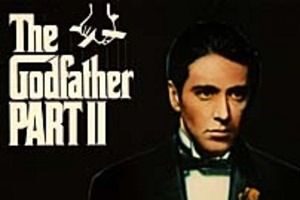
Sometimes, continuing a great story feels like a risk, but The Godfather Part II took the legacy and ran deeper. It peeled back the layers of Michael Corleone’s cold ambition while giving us Vito’s humble beginnings. Watching Al Pacino unravel emotionally while Robert De Niro builds a quiet empire is unforgettable. Roger Ebert once called it “a landmark in American movies.” The transitions between timelines felt seamless, adding both tension and texture. The original made the family iconic, but the sequel made them human. For many fans, it’s not just a worthy follow-up. It’s the crown jewel of the series.
2. Toy Story 2
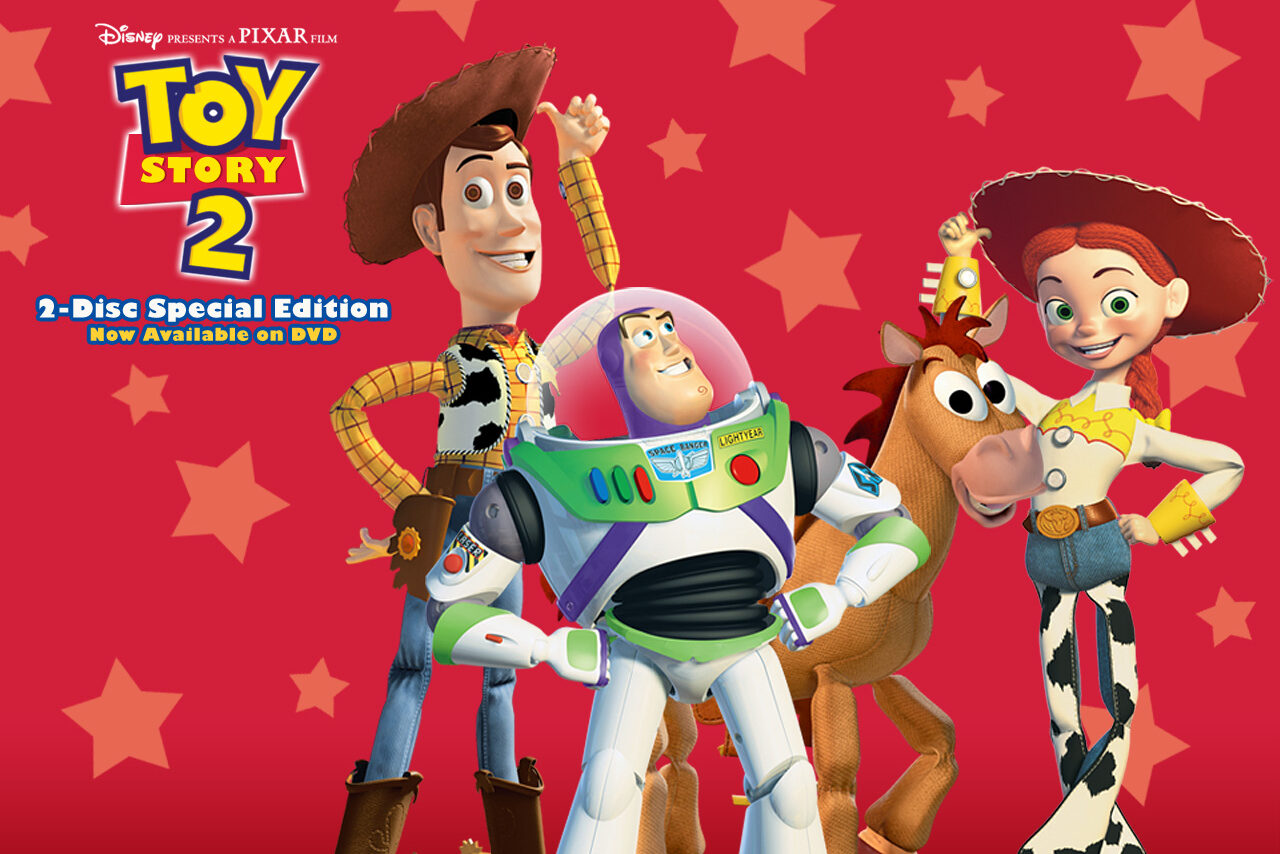
It could’ve been just another fun Pixar follow-up, but Toy Story 2 had something deeper to say. Woody’s discovery of his collectible past and Jessie’s heartbreaking abandonment story gave the film a soulful weight. Sarah McLachlan’s “When She Loved Me” still stirs emotions decades later. Critics like James Berardinelli praised it as “a great film, period.” It didn’t just add new characters and jokes. It expanded the meaning of love, loyalty, and change in ways few animated films ever try. The story grew up with us, and somehow, the toys became more real than ever before.
3. The Dark Knight
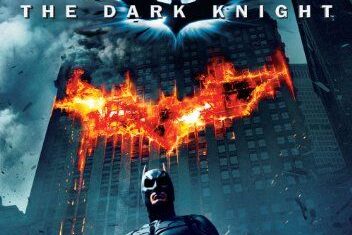
Christopher Nolan didn’t just make a sequel. He reshaped what comic book movies could be. The Dark Knight gave us a Gotham teetering on chaos and a Joker so unforgettable, he earned Heath Ledger a posthumous Oscar. Ledger called the role “a beautiful disaster of a character,” and he played it like poetry. The film’s emotional weight, moral complexity, and grounded tone brought something rare to superhero storytelling. It wasn’t about capes. It was about consequences. Batman never looked more vulnerable, and villains never felt more alive. This wasn’t a cartoon world. It was real, raw, and absolutely riveting.
4. Aliens
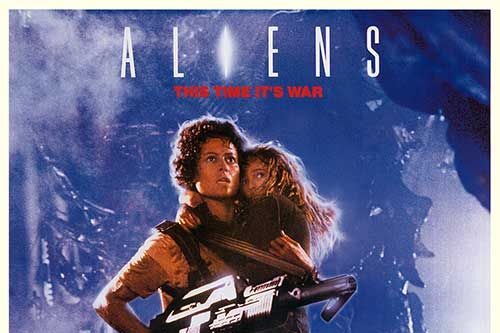
Rather than repeat Alien’s slow-burn horror, James Cameron flipped the formula and made Aliens a full-throttle action movie. Sigourney Weaver’s Ripley evolved into a fierce, fearless protector, and every encounter with the Xenomorphs kept audiences breathless. The emotional bond with Newt gave the chaos a heart, and the line “Get away from her, you b****” became an instant classic. Roger Ebert praised it as “painfully and unremittingly intense.” The shift in tone could’ve backfired, but it worked because it honored Ripley’s trauma while giving her power. It didn’t just survive the sequel curse. It redefined what one could be.
5. Terminator 2: Judgment Day
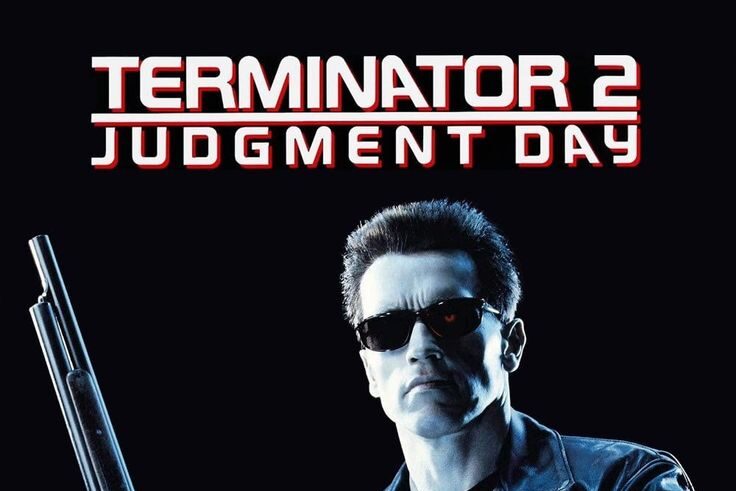
The Terminator was a terrifying sci-fi chase, but T2 brought depth, emotion, and groundbreaking effects that still hold up. Arnold Schwarzenegger’s T-800 returning as a protector flipped the script, while Linda Hamilton’s Sarah Connor became a hardened icon. The story asked big questions about fate, free will, and whether machines can feel. James Cameron called it “a story about humanity seen through the eyes of something inhuman.” It wasn’t just about stopping Judgment Day. It was about watching a boy teach a robot how to cry. And somehow, we cried too. Few sequels dare this kind of growth.
6. Before Sunset
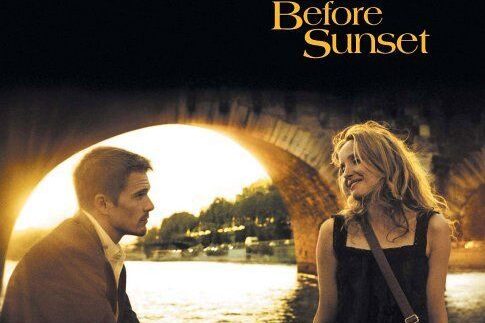
Nine years after their magical night in Vienna, Jesse and Celine returned in Before Sunset with less certainty but more honesty. They walked and talked through Paris, unpacking their regrets, dreams, and emotional baggage. The film felt like an overdue conversation with someone you never forgot. Richard Linklater, along with Ethan Hawke and Julie Delpy, wrote dialogue that felt lived-in and unscripted. The New York Times called it “fragile, urgent, and real.” It never forced romance. It just explored what happens when two souls reconnect at the wrong time. Or maybe, the right one. Either way, it felt real.
7. Paddington 2
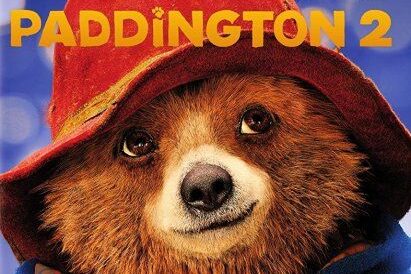
You wouldn’t expect a movie about a marmalade-loving bear to be one of the best-reviewed films ever made, but Paddington 2 wore that title proudly. With more charm, wit, and warmth than most live-action dramas, the film managed to uplift without ever being corny. Hugh Grant’s villainous turn was a delightful surprise, and Paddington’s relentless kindness felt revolutionary. Critic Mark Kermode called it “a celebration of community spirit and kindness.” It reminded audiences that sincerity can still shine through in a cynical world. Sometimes, a bear with a duffel coat can teach you more than a dozen human characters.
8. Spider-Man 2 (2004)
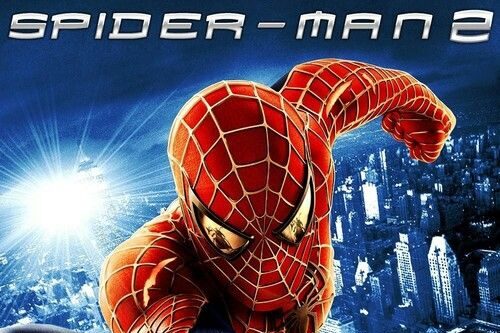
Tobey Maguire’s Peter Parker was already lovable, but Spider-Man 2 gave him the space to fall apart. Balancing life, love, and saving the city left him exhausted and questioning everything. Alfred Molina’s Doc Ock offered a villain with tragedy behind the madness. Director Sam Raimi leaned into humanity over heroics, making Peter’s struggles feel universal. The train rescue scene became an instant classic, showing a hero literally carried by the people he protects. Raimi once said, “This is about the weight of responsibility,” and it shows. For many fans, this is still the gold standard of superhero storytelling.
9. Captain America: The Winter Soldier
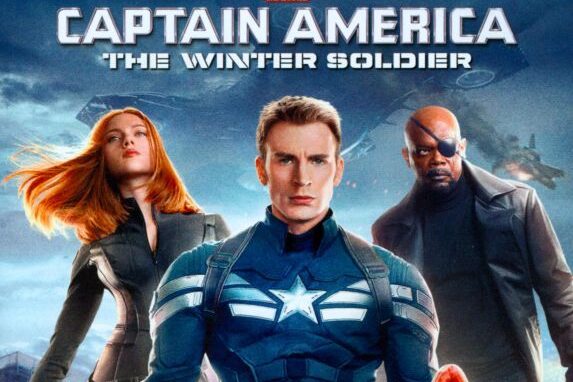
Marvel didn’t just go bigger with The Winter Soldier. It went smarter. Instead of flashy fights, we got political intrigue, fractured trust, and Steve Rogers questioning everything he stood for. The action was tight and practical, but it was the emotional stakes that hit hardest. Bucky Barnes wasn’t just a villain. He was a ghost from the past, and his return shook the foundation of the MCU. Rolling Stone called it “a movie with brains and brawn.” It transformed Captain America from a patriotic icon into a conflicted man fighting for truth in a world that keeps shifting.
10. Shrek 2
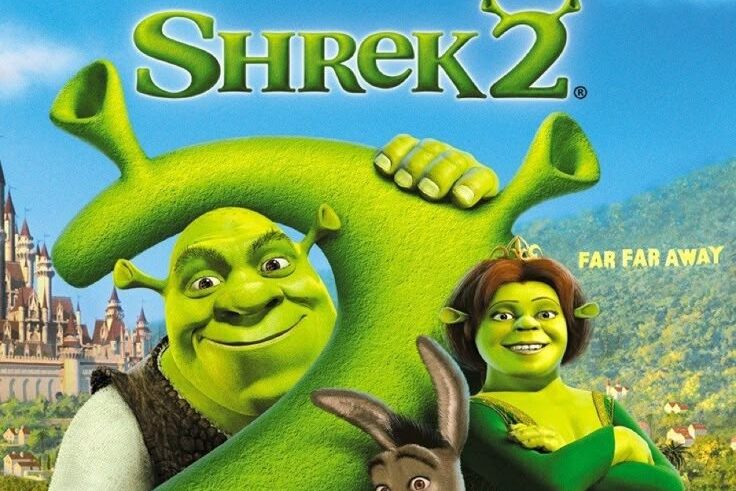
Shrek 2 didn’t just match the original’s cleverness. It took the fairy tale chaos and gave us even more laughs, heart, and unforgettable characters. Puss in Boots joined the crew with flair, while the Fairy Godmother belted out one of the most iconic musical numbers in animated history. The film poked fun at fame, beauty, and love while still rooting for the misfits. The Guardian called it “a sharp, satirical delight.” From the potions factory to the royal dinner table, the sequel knew how to go big without losing the personal charm. It didn’t just continue the story. It owned it.
11. Top Gun: Maverick
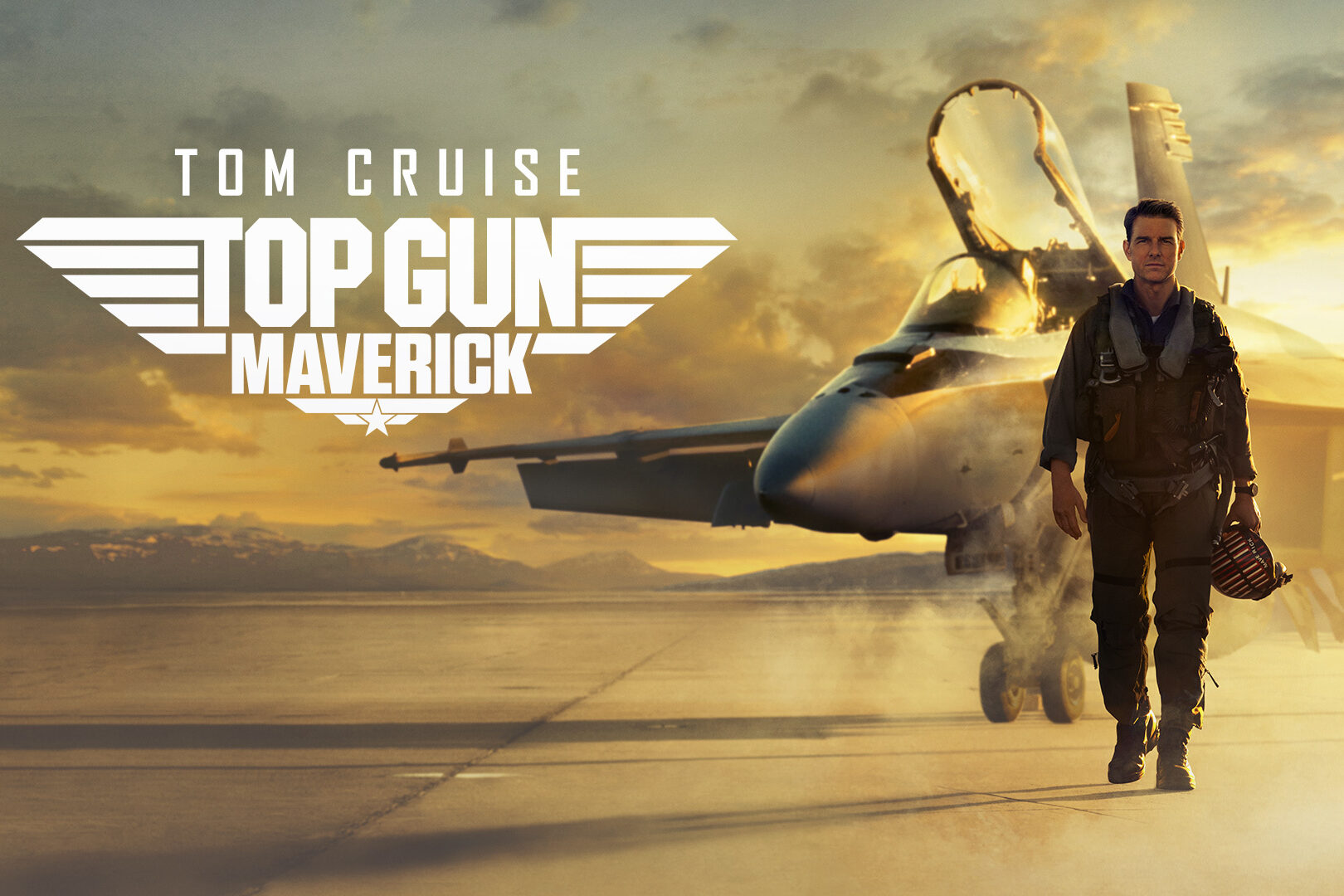
More than three decades later, Top Gun: Maverick soared in ways no one saw coming. Tom Cruise brought back Maverick with age, experience, and something to prove. The action sequences were real, intense, and breathtaking, thanks to actual cockpit filming. But it wasn’t just about the speed. The emotional throughline with Rooster, Goose’s son, gave the story heart. Variety praised it as “unexpectedly moving and beautifully made.” The film respected its past while embracing the present, delivering something both old and new. It reminded us that the best nostalgia adds something new to the legacy instead of just recycling it.
12. Mad Max: Fury Road

After years of silence, George Miller brought Mad Max roaring back with Fury Road, and it hit like a thunderclap. With minimal dialogue and maximal momentum, the movie was a visual storm that never let up. Charlize Theron’s Furiosa became the real heart of the film, fighting not just for survival, but for redemption. The Atlantic called it “a feminist blockbuster wrapped in a post-apocalyptic chase.” Every frame felt alive, every moment driven by purpose. It wasn’t just an action movie. It was a masterclass in storytelling through movement. Somehow, this late sequel felt like the future of film.
8 That Totally Missed the Mark
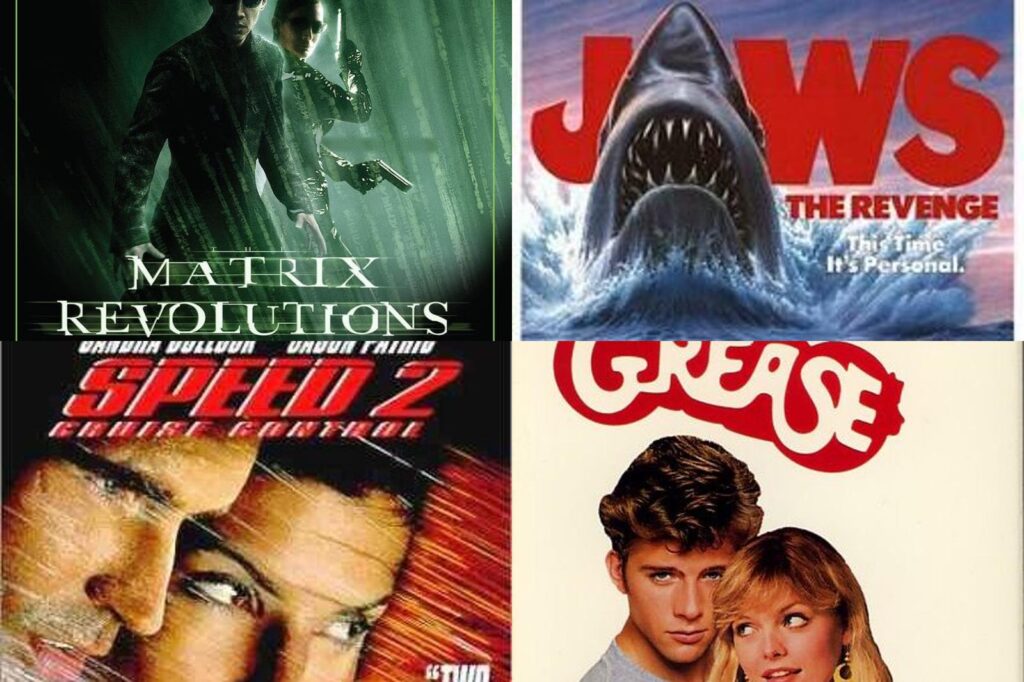
Not every sequel gets to ride the wave of a great first film. Sometimes, studios try to recreate the magic and end up with something that feels off, rushed, or just unnecessary. Whether they lost their cast, their heart, or their sense of what made the original work, these sequels left fans scratching their heads. Here are eight follow-ups that promised more but delivered far less.
13. Grease 2
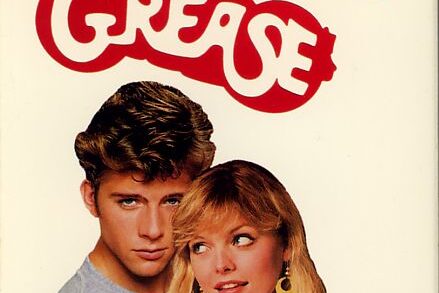
Grease was lightning in a bottle. Grease 2 tried to catch that same energy, but it barely sparked. With a mostly new cast, forgettable songs, and an awkward attempt to flip the roles, it missed the charm that made the original soar. Michelle Pfeiffer did her best, but even she later admitted, “I hated that film with a vengeance.” The story lacked the emotional core, and the fun just didn’t translate. It felt more like a parody than a sequel. Fans were left wondering if anyone involved really understood what made Grease special in the first place.
14. Speed 2: Cruise Control
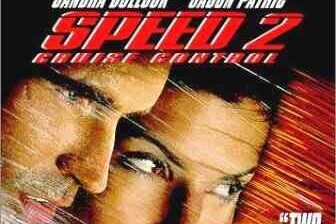
Trading a speeding bus for a slow-moving cruise ship was the first red flag. Speed 2: Cruise Control lacked the urgency and chemistry that made the original a hit. Without Keanu Reeves, the dynamic fizzled, and Sandra Bullock was left carrying a weak plot with sinking action. Critics panned it, and audiences laughed when they should have panicked. Roger Ebert famously quipped, “It’s amazing how long it takes for a cruise ship to crash.” The suspense was gone, and the sequel felt like it was drifting on autopilot. In the end, the title said it all. This was a wreck.
15. Jaws: The Revenge
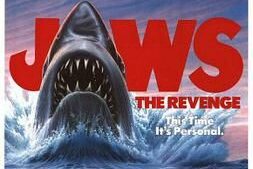
Jaws terrified audiences by keeping the monster mostly unseen. Jaws: The Revenge tossed that playbook out the window and gave us a shark with a personal vendetta. The idea that a great white could follow a family from New England to the Bahamas was laughable, and the execution didn’t help. Michael Caine famously said, “I have never seen it, but by all accounts it is terrible. However, I have seen the house that it built, and it is terrific.” The suspense was gone, replaced by absurdity. What started as a genre-defining thriller ended with audiences rolling their eyes.
16. The Matrix Revolutions
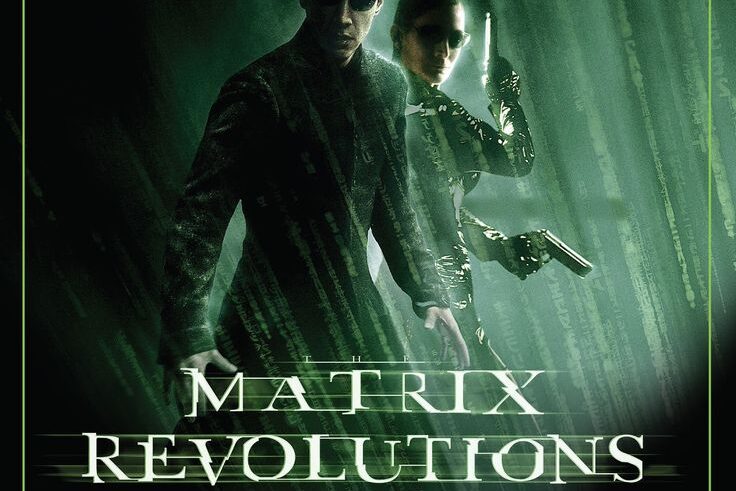
After the groundbreaking impact of The Matrix, expectations were sky-high. But by the time Revolutions rolled around, the series had collapsed under its own weight. The philosophy that once felt intriguing turned convoluted, and the emotional stakes gave way to CGI-heavy battles. Even die-hard fans struggled to make sense of it all. Critics like Peter Travers noted, “It’s a virtual mess of metaphysics.” Neo’s journey lost its punch, and the finale felt distant rather than profound. What began as a mind-bending vision of the future ended in confusion, leaving audiences disconnected and disappointed.
17. Zoolander 2
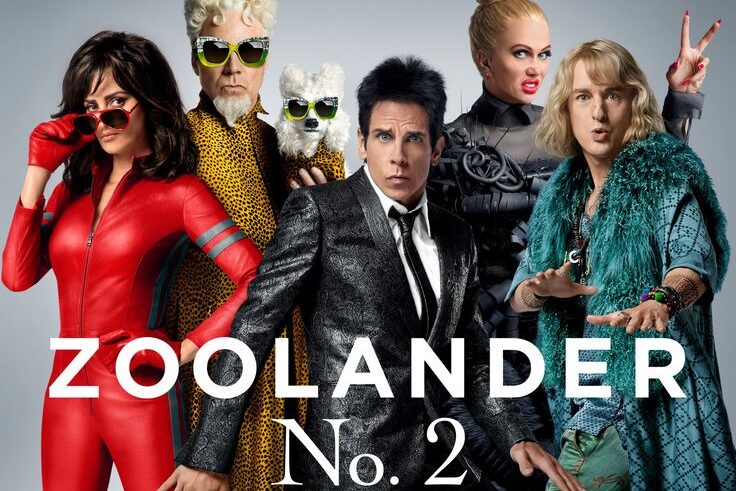
Zoolander was quirky, quotable, and full of absurd charm. Zoolander 2 tried to bring the gang back together, but the result felt more forced than funny. The humor leaned on recycled gags and over-the-top cameos that never clicked. What once felt fresh now felt outdated and uncomfortable. Ben Stiller admitted, “It didn’t really come together.” The film struggled to find its voice in a world that had already moved on. Rather than giving fans a fashionable return, it felt like a last-season knockoff. Sometimes, it’s best to let iconic characters strike a pose once and leave it at that.
18. Caddyshack II

Caddyshack was never meant to be sophisticated, but it had a wild spirit and a perfect cast. Caddyshack II missed that mark entirely. Most of the original stars declined to return, and it showed. The humor felt flat, the energy was off, and the magic was gone. Even Chevy Chase, one of the few returnees, looked bored. Director Allan Arkush later called it “a paycheck job,” and critics panned it accordingly. Instead of building on the original’s cult status, it diluted it. What once felt like a rebellious golf comedy now felt like a poorly planned corporate retreat.
19. The Hangover Part III

The first Hangover was wild and unexpected. The third felt like a sober morning after with no laughs left in the tank. Ditching the original’s mystery format, Part III tried to be a dark action-comedy and lost its identity along the way. The wolfpack’s chemistry couldn’t save a script that forgot its roots. Critics like Rolling Stone noted, “It’s devoid of the surprise and laughs that made the original such a hit.” By the end, it was clear the party had gone on too long. What started as an outrageous romp ended with a shrug and some tired faces.
20. Blues Brothers 2000
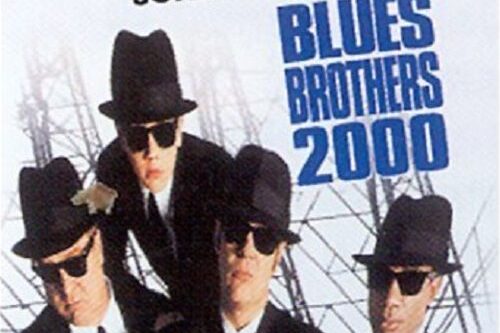
The original Blues Brothers had energy, rhythm, and John Belushi. Blues Brothers 2000 had a ghost of that memory, but little else. With Belushi gone, the sequel tried to fill the gap with new characters, but the chemistry never clicked. The story felt like a patchwork of old ideas, and the musical moments lacked the same spark. Dan Aykroyd said they made the film to “rekindle the spirit,” but most fans felt it barely flickered. It wasn’t just that something was missing. It was everything. Some classics deserve to be left untouched, especially when the soul is already gone.
This story 12 Movie Sequels That Got It Right and 8 That Totally Missed the Mark was first published on Daily FETCH


